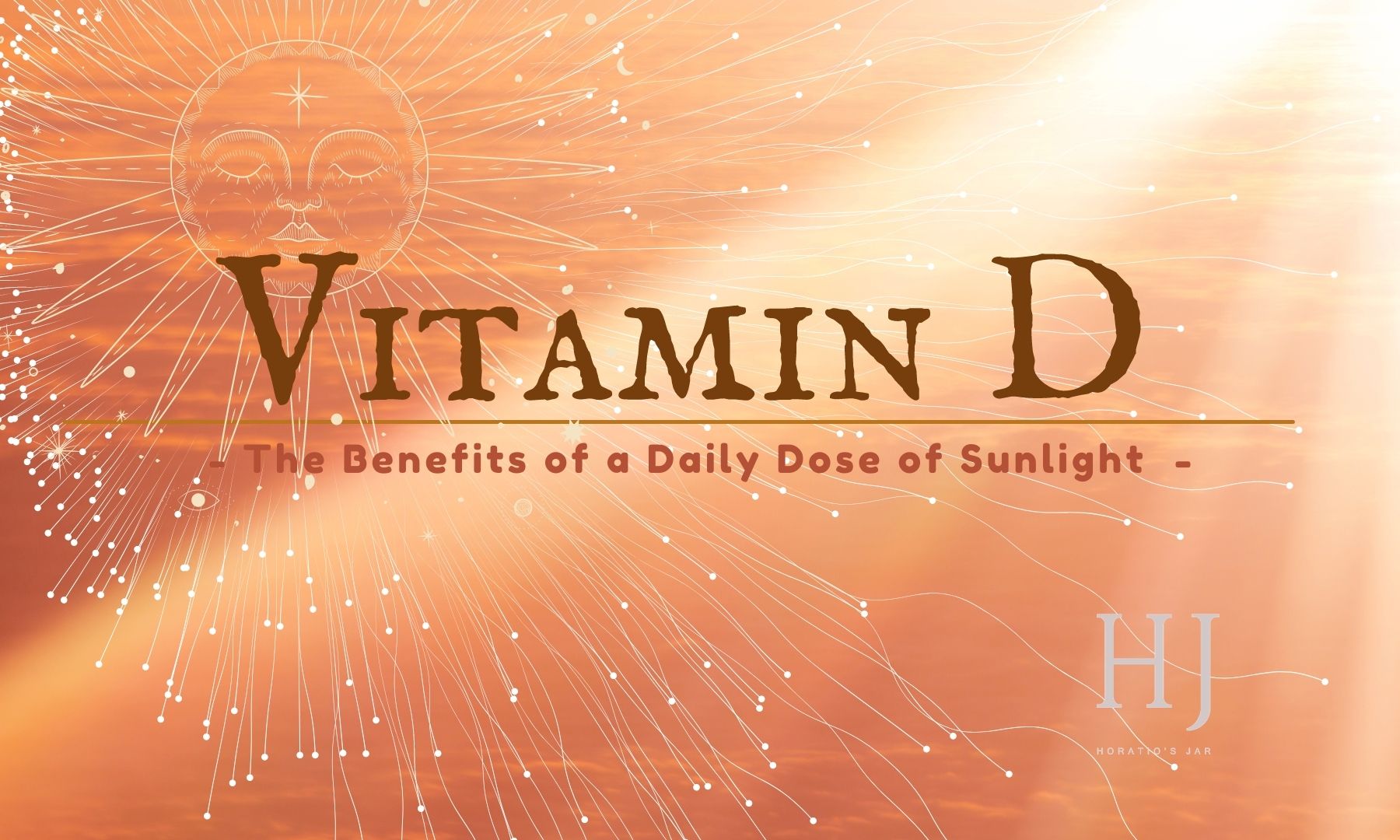Vitamin D - the benefits of a daily dose of sunshine
We all know sunlight is good for us, and we all know that it gives us Vitamin D, and even the idea of a day spent outdoors in bright warm weather is enough to make us feel good.
We are a continent wrapped in a blanket of searingly high UVA and UVB rays, and health experts heavily caution us never to bake in the sun, for the risk of skin cancer is very real. But is our effort to avoid premature ageing and skin cancer making us sick in other ways?

It’s Winter in Melbourne
It is now winter in Melbourne, and the sun is hidden in a perpetual blanket of grey.
It is a difficult time for many, as winter can trigger depression in those with lower levels of happy chemicals in their brain.
A natural booster to the missing sunlight therapy we all need to feel well and maintain mental equilibrium is Vitamin D.
Doctors and pharmacists recommend soothing winter blues with extra Vitamin D during the winter months, but how much exactly should we take, and which of us really need it?

It is estimated that at least 1 billion people don't get enough Vitamin D. Could the spike in depression, auto-immune diseases, and ADHD be related?

Australia is a sunbaked continent.
We have grown up being trained by mass media campaigns and schooling to be conscientious of our time in the sun. Our country is well known for a sun that bites, and to avoid the sting and agony of a summer sunburn, we vigilantly follow the advice of years and years of social conditioning to; “slip, slop slap”.
Australian schools adopt a policy of – ‘no hat, no play! As the primary intervention for teaching a ‘Sun Safe’ attitude in a country with summers that can reach the high forties. The risks are high for many with fair skin as well as the elderly – but we need the sun to stay healthy and mentally balanced.
In our efforts to protect our appearance and save lives – combined now with a dramatic shift in the way we live, socialise and work, Australians young and old are increasingly at risk of a Vitamin D deficiency.

Your Headaches Might Be a Vitamin Deficiency?
Vitamin D deficiency can cause depression, fatigue, body aches, headaches, insomnia, back pain, bone fractures and osteoporosis. Vitamin D is essential for healthy brain function, cellular renewal and memory and getting enough time outside can improve concentration and focus in kids with ADHD.
Because Vitamin D is essential for a healthy immune system, without enough of it, you will get sick all the time and wounds on your body will take longer to heal. Lower Vitamin D makes you more susceptible to colds and flu, so it’s a good idea to get your Vitamin D checked by a doctor, especially if you live in a place like Melbourne, which has long grey winters and is further from the equator.

How Much is Enough?
To get enough Vitamin D, we need at least 10 – 30min direct sun exposure daily (it depends where you live in the world). To gather Vitamin d from the sun, you need UVB, and to get that, you need to be outside; light filtered through glass only delivers UVA, which is only going to burn your skin.
Other ways of introducing Vitamin D into the body are through a dietary supplement or eating foods like oily fish, beef liver and eggs.
Watch the film to learn more.
——-
PUBLISHER’S DISCLAIMER: The publisher of this blog post (Digital Schools PTY LTD) works in partnership with the school as a 3rd party provider to help build and maintain the school website. Digital Schools sources a range of experts who provide products and/or services to educational institutions and we work with them to produce and publish topical information in the form of blog posts that we think may be relevant, interesting or topical to families within the community. The views, opinions and content listed in this blog post are that of the guest contributor and/or publisher (Digital Schools). It should be noted that whilst the publisher and guest contributors are acting with the best intentions and in the best interests of the school and their community to provide helpful or interesting information, sometimes the content may not necessarily reflect the views of the school.
The information in this blog post is not meant to be used, nor should it be used, to diagnose or treat any medical condition. For diagnosis or treatment of any medical problem, consult your own physician. The school and the publisher of this blog post are not responsible for any person reading or following the information in this article who may experience adverse effects.
Any references to external websites or sources are provided for informational purposes only and do not constitute endorsement by the school or publisher in any way and the publisher and/or school cannot guarantee accuracy of information listed.
If you have feedback on any content on this platform, you can submit it to the publisher using the feedback link provided at the bottom of this page.



